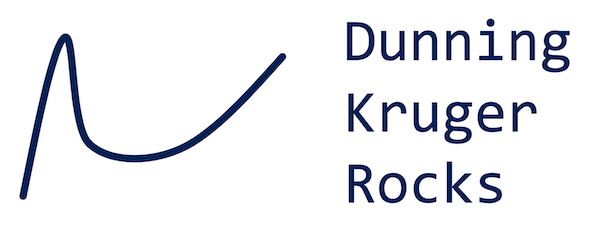This was originally published on the Integrated-EA Conference website in 2016 Lets imagine there was once a very big EA project that involved lots of people modelling lots of things, in lots of depth, with no particular goals in mind, and in an environment where the things they were modelling were constantly changing. Under these circumstances, you’ve got “Monkeys at typewriters, painting the Forth Bridge” – a term I once heard used to describe enterprise architecture. I think it aptly …
Category: Architecture
Originally written in 2014 for the Integrated-EA Conference site …
Originally written in 2008 for a Thales, BT and Fujitsu programme, this paper was co-authored with Prof Brian Wilson Introduction The Soft Systems Methodology (SSM) sets out to build a model of what a Human Activity System must do if it is to achieve the purposes defined. The purposes are intended to be relevant to a specific part of “The Real World”, which might range in size from a multi‐national enterprise, through an individual organisation to elements within an organisation. …
This is a very old paper (from 2006) so please be kind. It’s also a bit long for a blog. I’ve only re-published because to this day I still get asked about this paper, and it’s also been cited in a number of other papers. The practice of enterprise architecture (EA) is about informing the business decision making process by understanding how complex organisations are structured, how they function, and what technology supports those functions. It would be wrong to …
Another really old paper (2006) but one that I still get asked about. I wrote this whilst under contract to Cornwell Management Consulting (later became Serco Consulting) for one of their clients who wanted to use the Zachman Framework, but didn’t know where to start. Looking back on this now (2019) it all looks rather naïve. What is Enterprise Architecture ? Organisations develop an enterprise architecture (EA) to inform the decision making process. By understanding how complex organisations are structured, …



Recent Comments